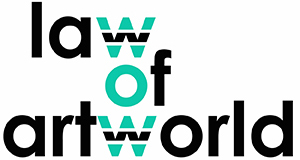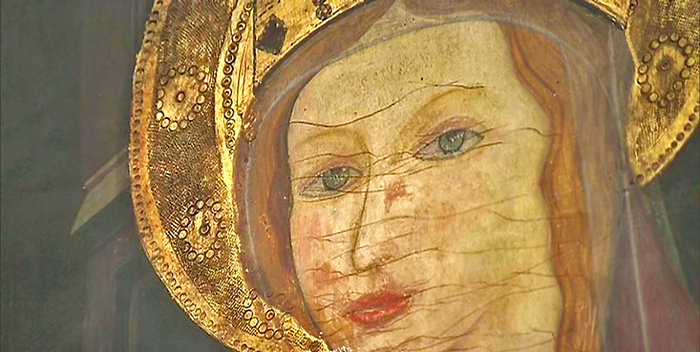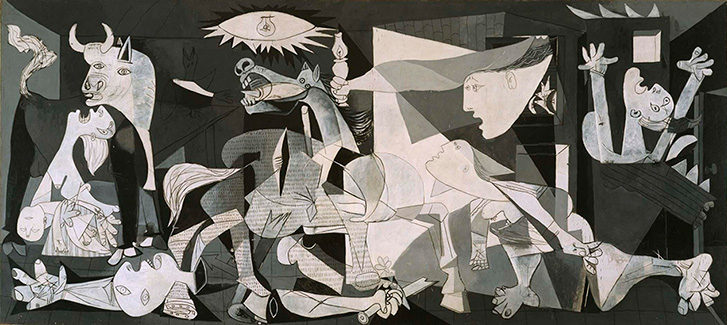64 years to discover the true story of a Gothic painting of 1390
Today’s case gathers all the ingredients to become the plot of a thriller film. Back in 1954, a Gothic panel from the parish of Bulbuente in Zaragoza was restored. It depicted the Nativity of Christ in a classical composition of the Virgin with the child in her arms, surrounded by a choir of angels placed among the gaps of an arcade of columns. The “Virgin of the Angels” is an excellent work of 1390 made by Enrique de Estencop, one of the most prominent Gothic painters in the Crown of Aragon. The church was proud to show this piece. Not in vain, they had chosen this image as the primary cover of the 2018 calendar that would be distributed among the locals.




